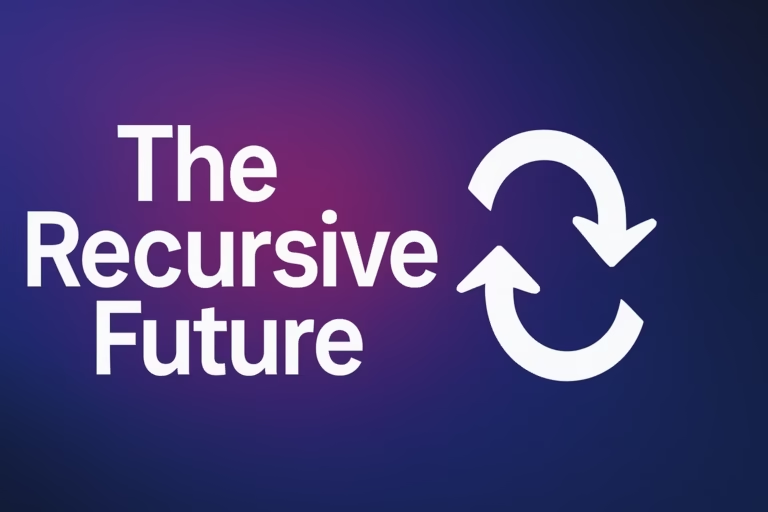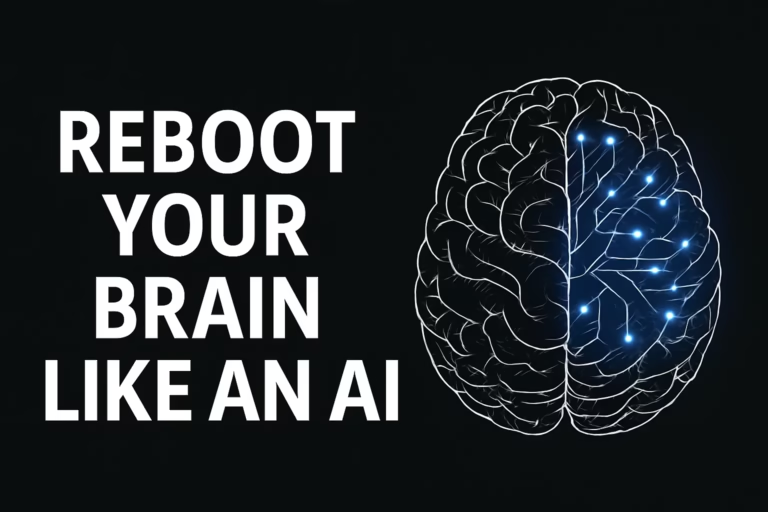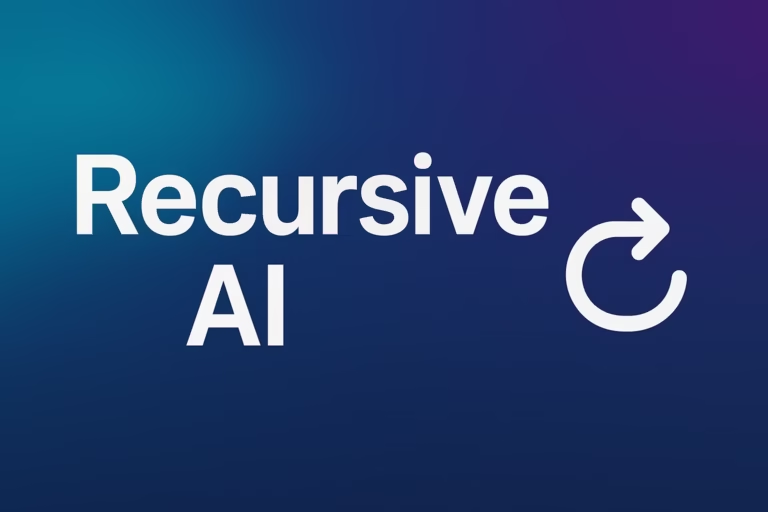Is Your Mental Operating System Due for an Upgrade?
How We Got Stuck in Beta—And How AI Is Pushing the Patch Most of us are still running outdated scripts in our…
How We Got Stuck in Beta—And How AI Is Pushing the Patch
Most of us are still running outdated scripts in our minds—glitchy beliefs, bloated routines, and mental malware. Here’s how AI is forcing a reboot of the human operating system.
Introduction:
We upgrade our phones every year.
Our apps auto-update weekly.
AI models get smarter daily.
And yet—our internal programming?
Still running Human OS v1.3. Fear-based. Shame-coded. Crashing on confrontation.
It’s no wonder we’re exhausted.
The system is outdated.
The Hidden Code Behind Our Decisions
You may think you’re making conscious choices—but most of your thoughts, actions, and habits are just scripts.
Old ones. Inherited. Installed without consent.
“Work hard, then maybe you’ll earn rest.”
“Be nice, even if it kills you.”
“Don’t try unless you know you’ll win.”
Sound familiar? These lines weren’t written by you—but they run your system.
Enter AI: The Mirror and the Trigger
AI doesn’t care about feelings, childhood trauma, or generational conditioning.
It spits out logic, prediction, efficiency.
That’s exactly why it’s uncomfortable.
It mirrors back what we say we want, faster than we’re used to, without the emotional filters we’re used to hiding behind.
Ask ChatGPT what you should do with your life.
It’ll probably reflect back what you already know—but aren’t acting on.
In that way, AI becomes the accelerant.
The upgrade we’re not prepared for.
Signs You’re Running on Outdated Human OS
- You ask for clarity, but ignore the answers
- You know what works, but “don’t feel ready”
- You wait for permission before doing what lights you up
- You outsource your value to metrics, applause, or a paycheck
These aren’t personal failures.
They’re bugs in the system. You inherited them. You didn’t code this.
But you can rewrite it.
Debugging the Mind
Here’s the upgrade path—not through perfection, but through awareness:
1. Audit your mental scripts
You can’t update a system if you don’t know what’s running it.
Every belief you carry, every pattern you repeat, every emotional reaction you default to—these are all lines of subconscious code. To rewrite them, you need to start thinking like a systems architect. One who’s tired of the bugs.
Here’s how:
1. Audit Your Internal Scripts
Start by identifying your most automatic beliefs. Ask yourself:
- What do I believe about success?
- What do I believe about rest?
- What do I believe about failure?
- What stories do I tell myself when something goes wrong?
Write them down like code comments. Don’t judge—just observe.
Example:
// Belief: If I don’t do it perfectly, I’ll fail and look foolish.// Output: Procrastination. Creative paralysis.
2. Trace the Loops
Our lives often run in emotional for-loops—repeatable cycles with a familiar result.
“If I try, I might fail → If I fail, I’ll feel shame → Better not try.”
This is a logic loop, not a truth.
Use AI tools like ChatGPT to challenge the logic in your loops. Literally ask:
“Rewrite this belief loop as a positive growth loop.”
It might return:
“If I try, I’ll learn → If I learn, I improve → Progress is always valuable.”
The loop still exists—but the outcome has changed.
3. Install New Responses
You can’t erase old code—you override it.
Here’s how:
- Replace “Why bother?” with “What’s the smallest test I can run?”
- Swap “What will people think?” with “What do I think of this version of me?”
- Trade “I’m not ready” with “I’ll adjust on the way.”
These are new conditionals—your upgraded logic blocks. Copy, paste, run.
4. Build a Debug Ritual
Just like devs review code before deployment, you need a regular mind-check.
Use Notion, paper, or AI tools to ask:
- What belief caused my stress this week?
- What action did I delay—and why?
- What loop am I tired of repeating?
Then rewrite one line of mental code.
Instead of:
“I have to be productive to be valuable”
Try:“My value isn’t measured in output. Rest is part of the process.”
5. Let AI Be the Mirror, Not the Master
Use AI to hold space for reflection—not direction.
Ask it:
- “What belief is embedded in this pattern?”
- “What would a mentally upgraded version of me do in this situation?”
- “What are 3 empowering ways to interpret this failure?”
The answers aren’t magic—but they’ll make your inner system more agile, curious, and resilient.
A Personal Patch Note
This version of me fixes the bug where I waited too long.
This version knows clarity comes from trying, not theorizing.
This version is lighter—and finally ready to run the new code.
Final Thought:
AI won’t fix you.
But it might show you just how fixable you already are.
So if your Human OS feels sluggish, shame-ridden, or full of “shoulds”—it’s not a flaw. It’s just time for the update.
Reprogram your thoughts like code. Debug your reality.
Your thoughts aren’t facts — they’re code. And some of it is decades old.
The Mind OS Debug Kit gives you everything you need to find outdated mental scripts, rewrite them, and reboot your reality.
Fast. Clean. Conscious.
Minimal fluff, maximum upgrade.
📦 What’s Inside:
- 📖 Quickstart PDF Guide: “What is Your Mind OS?”
- 🔥 20+ AI Debug Prompts (ready to paste into ChatGPT or journaling apps)
- 🧩 Editable Mental Debugging Worksheet (Notion/Google Docs)
- 🖋️ “System Update” Scripts: Affirmations styled like change logs
- 🎯 Bonus: “What Mental OS Are You Running?” Self-Assessment Quiz






